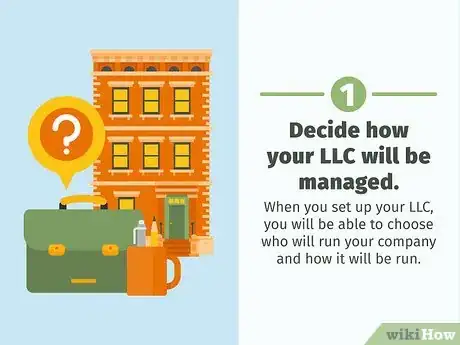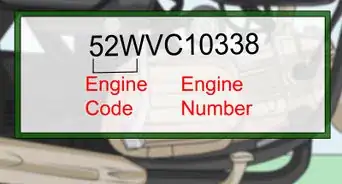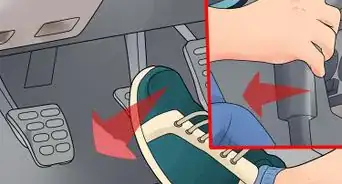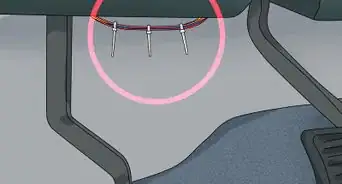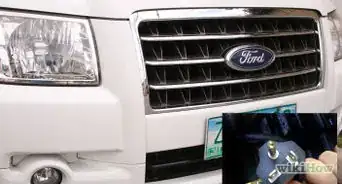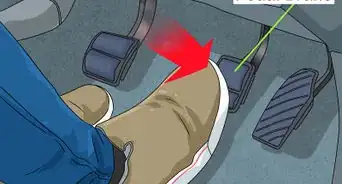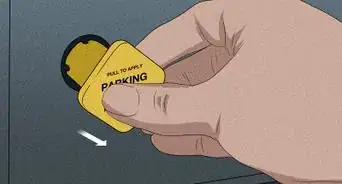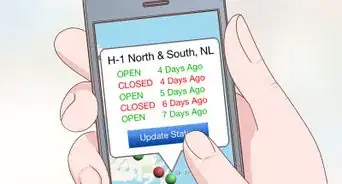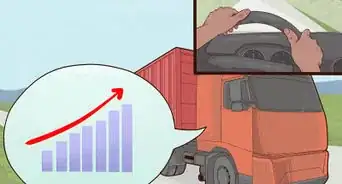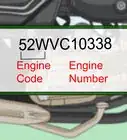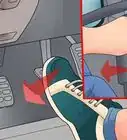This article was co-authored by wikiHow staff writer, Finn Kobler. Finn Kobler graduated from USC in 2022 with a BFA in Writing for Screen/Television. He is a two-time California State Champion and record holder in Original Prose/Poetry, a 2018 finalist for the Los Angeles Youth Poet Laureate, and he's written micro-budget films that have been screened in over 150 theaters nationwide. Growing up, Finn spent every summer helping his family's nonprofit arts program, Showdown Stage Company, empower people through accessible media. He hopes to continue that mission with his writing at wikiHow.
There are 11 references cited in this article, which can be found at the bottom of the page.
Learn more...
If you want to become a truck driver, but are daunted by the long on-the-road hours and startup costs of operating a larger commercial vehicle like a semi, then hotshot trucking is perfect for you! With just your own pickup and flatbed trailer, you can haul lighter freight locally and quickly for people that need it. (Plus, it’s a great way to build experience if you eventually want to operate big rigs in the future!) Aside from your truck, all it takes is the right paperwork to get your hotshot trucking business started, so keep reading. In this article, we’ll walk you through all the steps to become a successful hotshot trucker.
Things You Should Know
- To begin your hotshot trucking business, create an LLC (Limited Liability Company) by filing an operating agreement with your Secretary of State.
- You and your drivers must be at least 21 years old to operate commercial trucks in any state (18 to 20-year-olds may only drive in the state they live in).
- You must have a DOT medical certificate to operate trucks commercially. If you do not have one, click here to find a DOT-approved medical examiner near you.
- Apply for an MC (Motor Carrier) number through the Department of Transportation or lease a number from an existing trucking company.
- It is strongly recommended you get a CDL. This will help you avoid problems with the police and DOT enforcement as it legally authorizes you to operate any truck and trailer combination of more than 26,000 pounds (12,000 kg) in all 50 states.
Steps
References
- ↑ https://afdc.energy.gov/data/10380
- ↑ https://driving-tests.org/cdl-classification-licenses/
- ↑ https://www.irs.gov/businesses/small-businesses-self-employed/limited-liability-company-llc
- ↑ https://www.inc.com/aj-agrawal/how-to-open-a-business-bank-account-for-your-startup.html
- ↑ https://www.tn.gov/safety/driver-services/mvr.html
- ↑ https://www.tsa.gov/for-industry/twic
- ↑ https://www.fmcsa.dot.gov/registration/insurance-filing-requirements
- ↑ https://www.fmcsa.dot.gov/medical/driver-medical-requirements/dot-medical-exam-and-commercial-motor-vehicle-certification
- ↑ https://www.chp.ca.gov/CommercialVehicleSectionSite/Documents/A%20chp108.pdf

-Step-13.webp)
